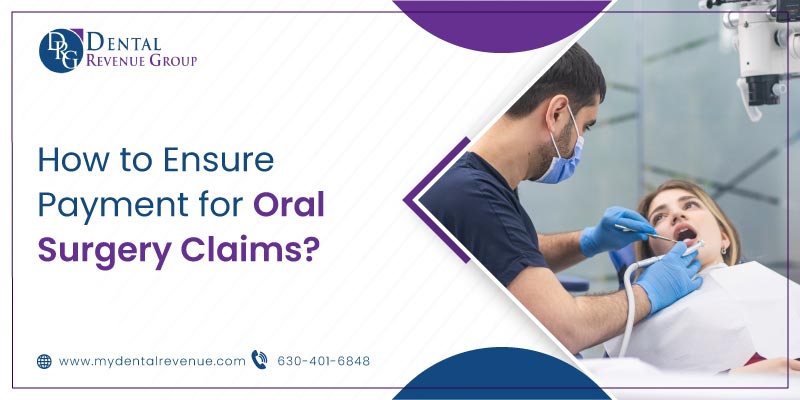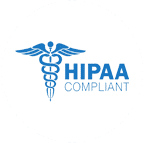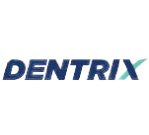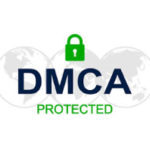Dealing with Oral Surgery Claims can be a significant portion of dental billing tasks in specific office settings. While it might appear uncomplicated at first glance, some intricacies often challenge smooth processing and resolving these claims. However, dental practices often need help to pay for oral surgery claims for several reasons, including coding errors and missing documentation. This blog post will discuss effective approaches dental practices can use to ensure timely payment for oral surgery claims.
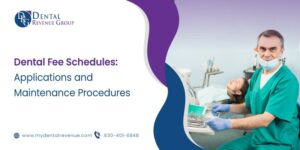
Dental Fee Schedules: Applications and Maintenance Procedures
Dental fee schedules play a crucial role in the financial management and overall success of

